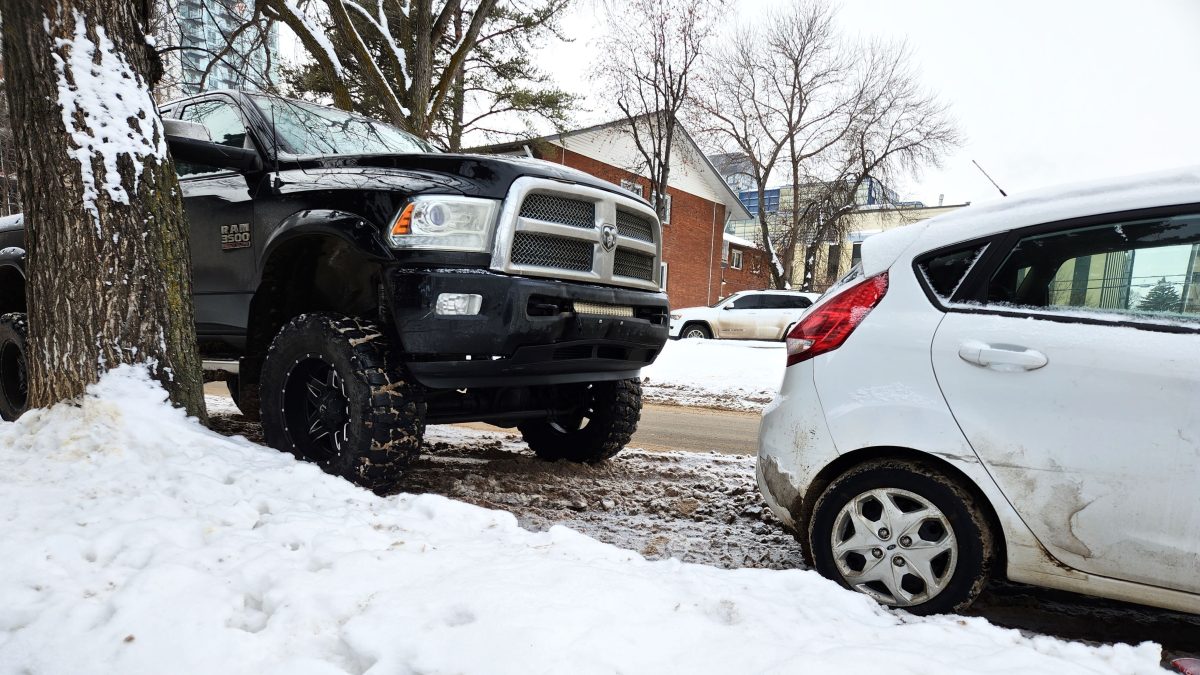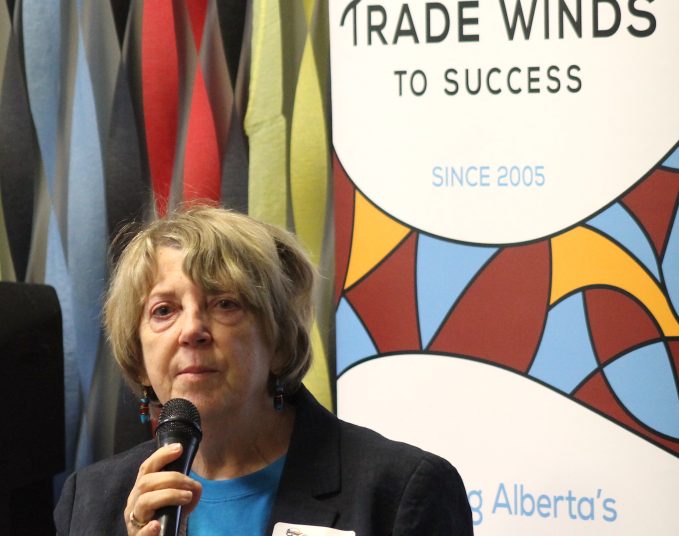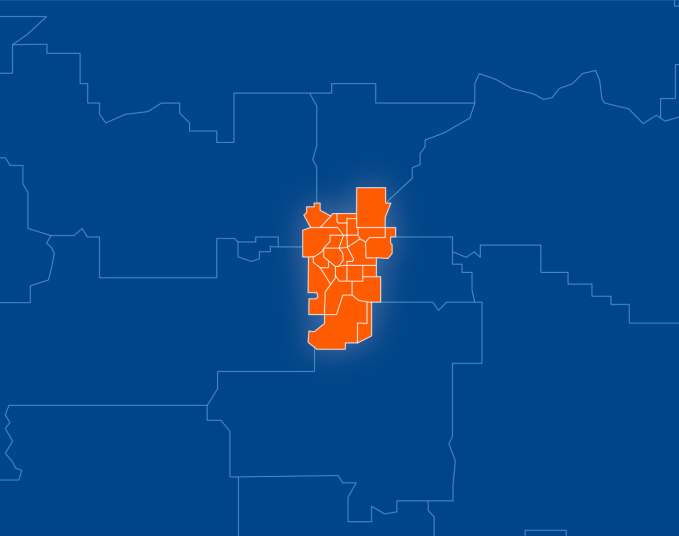This weekend, Parisians will participate in a referendum on SUVs. The sales of the big vehicles are exploding in Europe, and old-world cities with narrow streets and limited parking are struggling to cope with the demands of tall, long and heavy vehicles.
If Parisians vote “Oui” to the measures, parking prices for SUVs would be triple what they would be for passenger cars.
Paris isn’t alone. Jurisdictions around the world are considering sin taxes for drivers. Just as governments tax people for smoking and drinking, should drivers of larger, heavier vehicles pay more, too? Depending on which reports you read, SUVs and pickups either do massive damage to roads, or do little or no damage at all. But, we do know this: They take up more space when parked against the curb. They have more blind spots than passenger cars do. And, because they are heavier, pedestrians have less of a chance of surviving being hit by a large SUV or pickup truck than they would a car.
California has commissioned a study into how the weights of vehicles impact the “degradation” of roads and the severity of accidents. Maybe this will be the study that will stop the online debates on whether or not SUVs and heavy pickups add to the costs of road maintenance and repair. By 2026, the legislature of America’s most populous state will decide if it will impose a “passenger vehicle weight fee.”
There are parts of Montreal that already have graduated parking fees based on the weights of vehicles. Washington, D.C. has approved a vehicle registration system based on weight. If your vehicle weighs more than 6,000 pounds, you’ll pay triple the registration fees than someone driving a passenger sedan. (A Jeep Cherokee weighs 6,500 pounds, for reference’s sake; don’t even get me started on the weight of an Escalade.)
So, could we ever see such laws enacted in pickup-and-SUV crazy Alberta? I chatted about this with a member of Edmonton’s City Council, and he said it was likely something that he and his fellow councillors wouldn’t have the power to legislate. Motor vehicles are the province’s purview.
According to the most recent Alberta accident stats, fatalities are more likely to occur in crashes involving pick-ups than any other vehicle class. They account for almost 31 per cent of our road fatalities. Of course, that’s because there are many of them on the road — but we need to kill the narrative that riding higher in a large vehicle will make for safer roads.
Sure, SUVs and pickups handle better than passenger cars in the winter, right?
Those same stats show that almost 70 per cent of accidents happen when it’s dry out. The most dangerous day to drive? Friday. The most likely time to get in an accident? During the afternoon rush hour — we’re far more impatient behind the wheel when we’re trying to get home than when we’re trying to get to work. If I want to get specific to Edmonton, you’re most likely to get into a crash on Calgary Trail or Gateway Boulevard, between 34th and 39A Avenues, or on the Quesnell or Walterdale Bridges. Those are our hottest of accident hotspots.
So, impatience and anxiety will cause more accidents than snow will. Sure, weather is always a factor when it comes to accidents, but the most likely month that you’ll have a fatal accident in Alberta? July.
I reached out to Alberta Transportation to ask if the department is at least monitoring what is happening in other jurisdictions. Crickets. After all, the province has got to bring back plastic straws, you know. But, this much is true — even if Alberta does nothing, if places with population (and potential customer) bases as large as California start to ding the owners of large vehicles with added costs, the industry will respond. And, maybe we won’t be seeing 6,000-pounds-plus vehicles on dealership lots a decade from now.
Savvy AF. Blunt AF. Edmonton AF.




